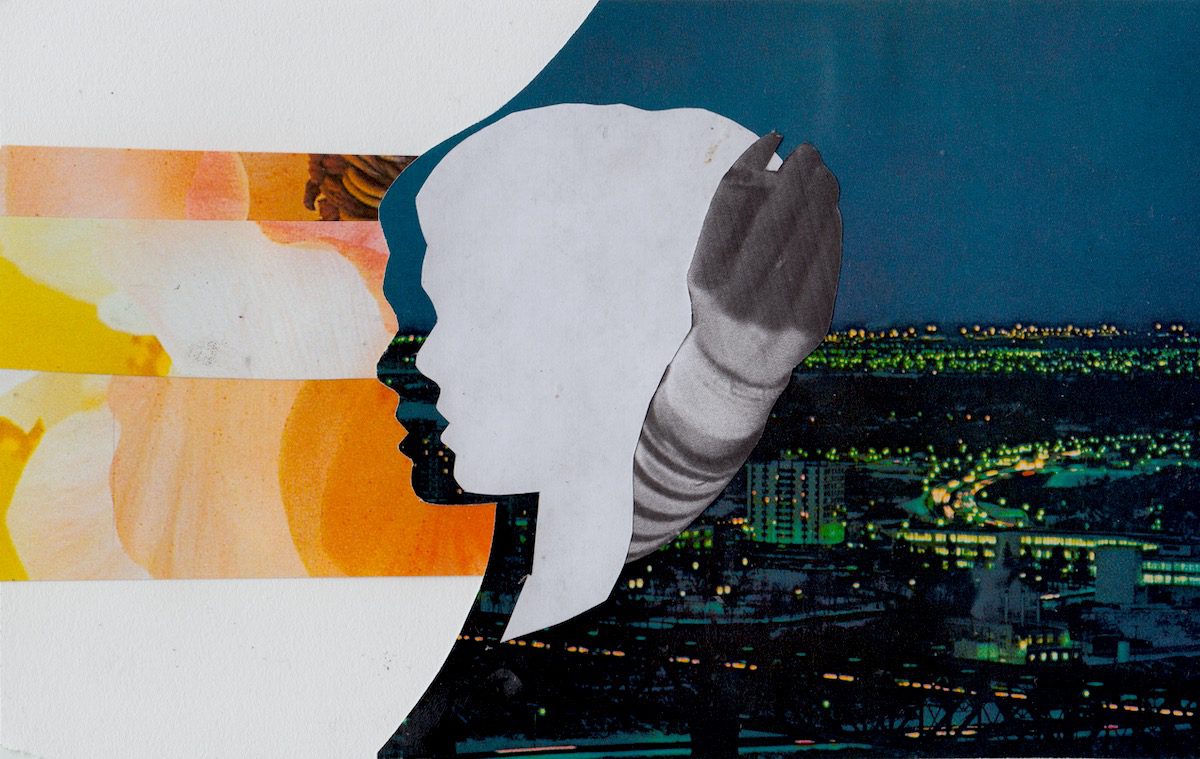 “The best journeys answer questions that, in the beginning, you didn’t even think to ask.” Questions are both asked and acted upon in Chris Malloy’s 180° South. The documentary is a cautionary tale of adventure in a decaying world, following the footsteps and thoughts of writer Jeff Johnson as he dirt-bags his way to Chilean Patagonia. It’s a film for discontented wanderers and stay-at-home environmentalists alike; 180° South caters specifically to the environmentally-conscious viewer. While certainly a “green” movie in the new sense of the word, it manages to focus more on the observations of the journey itself, in addition to the well-worn social and political rhetoric proclaiming things like how-we-messed-up and what-the-hell-we-are-to-do-with-our-garbage?
“The best journeys answer questions that, in the beginning, you didn’t even think to ask.” Questions are both asked and acted upon in Chris Malloy’s 180° South. The documentary is a cautionary tale of adventure in a decaying world, following the footsteps and thoughts of writer Jeff Johnson as he dirt-bags his way to Chilean Patagonia. It’s a film for discontented wanderers and stay-at-home environmentalists alike; 180° South caters specifically to the environmentally-conscious viewer. While certainly a “green” movie in the new sense of the word, it manages to focus more on the observations of the journey itself, in addition to the well-worn social and political rhetoric proclaiming things like how-we-messed-up and what-the-hell-we-are-to-do-with-our-garbage?
Jeff Johnson’s journey was inspired by a 1968 Pan-American surf and mountaineering expedition that stretched from Ventura CA to south Chile. On that trip, Yvon Choinard and Doug Tompkins rambled their way further and further south, surfing and climbing whatever they found, until they finally reach the summit of Cerro Corcovado. Apparently, it was the kind of epic trip that inspires outdoor clothing companies, as Choinard and Tompkins later founded Patagonia and The North Face, respectively. This original trip (documented by the adventurers themselves in the excellent Mountain of Storms) gave Johnson a final destination of Corcovado, and gave the film an excellent cast of adventurers in climber Timmy O’Neil and surfer Keith Malloy along with Choinard and Tompkins themselves. Each of them is insightful into what a journey means, whether it is the energetic exuberance of youth or the contemplative silence of age. Choinard plays a significant role moving the narrative forward with his somber insights into the world and its decay.
To begin at the beginning: Jeff Johnson picks up a sailing yacht in need of crew along the Pacific coastline of Mexico. He speaks here about the reasons he decided to voyage so far from his home. Of his ambitions to climb Corcovado and his vagabond nature. Then, after a brief time cast adrift somewhere in the Pacific headed south, the sailboat is wrecked and forced ashore at the most isolated island in the Pacific, Rapa Nui (Easter Island).
Amidst moai and waves, Johnson spends a month awaiting the repair to the masthead. While on the island, he meets a Rapa Nui local named Alicia Makohe Ika. Set against the backdrop of the moai, Ozymandian monoliths from the past, the viewer begins to see the future implications if we do not heed warnings. Choinard tells a story of a talk he had with Jared Diamond, the author of Collapse: How Societies Choose to Fail or Succeed. Diamond’s conclusion is bleak such that he believes our own civilization is headed the way of the Rapa Nui. This environmental message is tastefully conservative, and does well to illumine our consuming nature and where it will lead. Eventually, the mast is fixed and Makohe asks to go with Johnson so that she can understand what it means to climb on ice, a foreign concept to her tropical mind.
The journeyers set sail for mainland Chile, making land just west of its capital of Santiago. They spend a few days talking with artisan fisherman and surfing the waves of Central Chile before heading to Santiago and further south. Spread between the beautiful images of a uniquely cultural coastline, there is a heavy-handed jab directed toward commercial fisherman (incidentally also a problem on Rapa Nui) and the polluting pulp-mills, which pour waste into the ocean. After a time, the group heads south to meet Choinard and Tompkins and to ready for the climb of Corcovado.
Tompkins owns an immense tract of land in the southern cone of Chile and Argentina under the flag of Conservación Patagonica, an organization seeking to keep Patagonia natural and outside the hands of corporations seeking to build damns, mines and other moneymaking devices. Tompkins teaches the travelers about his mission to donate the land back to the Chilean and Argentinean governments under the stipulation that the lands, a total area bigger than Yellowstone, become National Parkland. He has a way with the distinct nature of the region. In the tree nursery, he picks up vials of indigenous plants as a mother picks up an infant. As quickly as the message is picked up, it is allowed to cede to the mountaineering and surfing adventure the documentary was meant to document.
180° South documents the grand voyage of one man, but does so much more to document the origin for inspiration, the importance of the means (in contrast to the end) and the need for kind stewardship of the world left to us, so that inspiration may continue to bestow itself to our children.
[The film is available on DVD direct from the distributor.]



